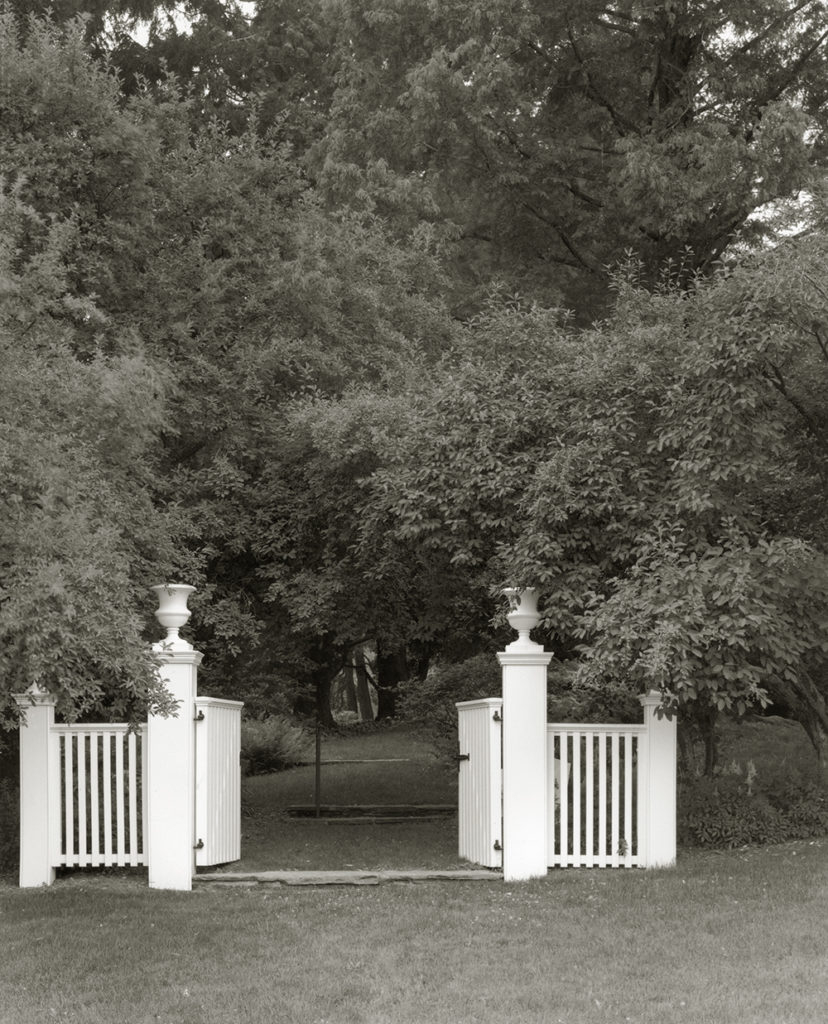
Henry Francis du Pont (1880–1969) and Marian Cruger Coffin (1876–1957) began a lifelong friendship while du Pont was studying horticulture at Harvard’s Bussey Institution and Coffin was pursuing a degree in landscape architecture at Massachusetts Institute of Technology, the only professional program open to women at the time. Years later, when du Pont inherited Winterthur, the family’s 1,000-acre estate, he turned to Coffin for design help. She had become one of the country’s preeminent landscape practitioners, responsible for a wide range of commissions (including campus plans for University of Delaware), but specializing in large private estates, many of which were on Long Island.
Du Pont had created several plantings at Winterthur before Coffin became professionally involved there. Inspired by the writings of William Robinson, he began naturalizing spring bulbs in 1903, scattering them in drifts through the woods and over a tree-covered slope known as the March Bank. In time, du Pont’s experiments with sumptuous color schemes filled the estate’s woodland, where he planted great swaths of Kurume azaleas and other shrubs to bloom in rhapsodic succession. Du Pont’s artist’s eye and connoisseur’s instinct guided his horticultural choices as surely as they did his acquisitions of American decorative arts; they were parallel passions.
In 1928 du Pont hired Coffin to redesign the forecourt and create a swimming pool. Her expansive plan did much more. It set up a powerful cross axis, tying the newly enlarged house to the land and establishing terraces, stairways, paths, and overlooks that reached into the woodland. Coffin’s additions strengthened the impact of du Pont’s plantings, providing a foil to the naturalistic drifts, emphasizing their lyricism and apparent ingenuousness. Coffin also created rich and complex plantings for the pool and terrace areas, including a great allée of boxwood flanking the staircase. The April garden, a dazzling succession of spring-blooming shrubs begun in 1950, was Coffin’s last design for Winterthur. It survives as a culminating reflection of her talent for marrying expressive plantings with muscular spatial layout.
Design by Henry F. du Pont and Marian Cruger Coffin, 1902–28.
SITE INFO
Winterthur (estate of Henry F. du Pont)
Route 52 (6 miles NW of Wilmington)
Winterthur, Delaware 19735
800-448-3883
www.winterthur.org